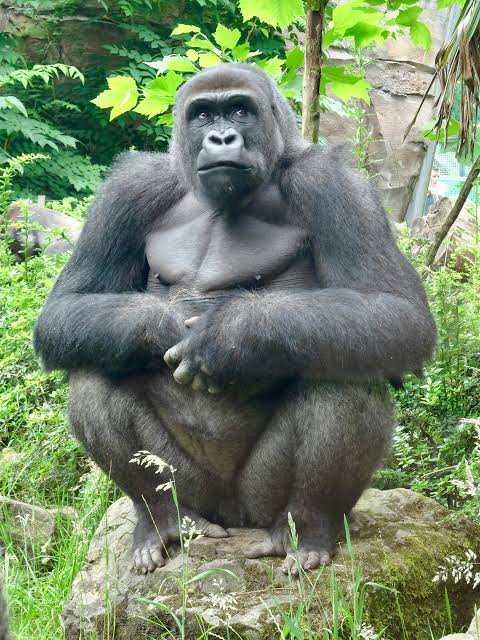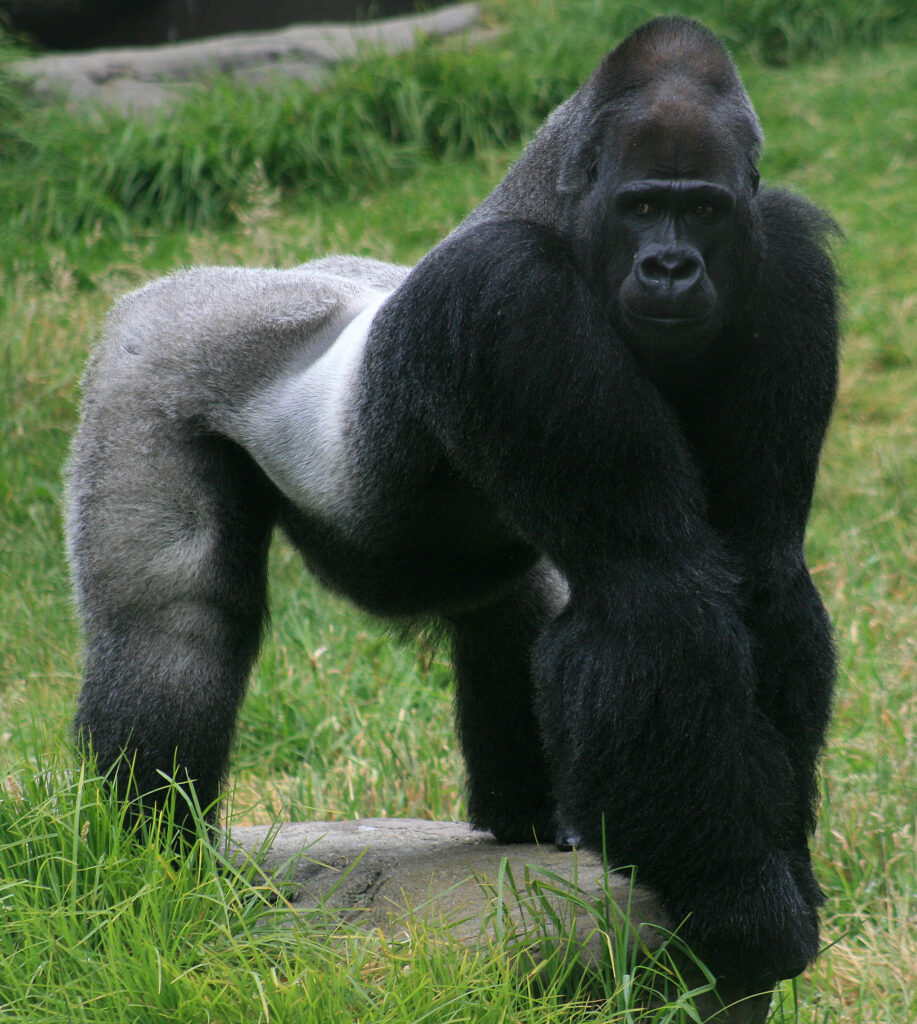

Today’s article features the gorilla, a great ape that is the object of the world’s hottest debate today – the 100 men vs 1 gorilla argument. While so much information has circulated about its remarkable strength, sheer size, there is more to these beasts than what the media portrays. Dig in to find out five things you probably did not know about gorillas until now.
We are Closer Relatives than You Think:
Gorillas and humans share an astounding approximately 98% of our genetic make-up. Perhaps only chimpanzees and bonobos can boast a stronger link to humans. This relationship stems from at least 8 million years ago when we shared a common ancestor. After the divergence, we have gone to develop unique physical and behavioral traits. Gorillas have evolved to survive in mountainous regions and certain forests, while humans have grown accustomed to life outside crude natural habitats, acquainting themselves with their environment in more sophisticated ways.
They Might Be More Intelligent Than We Give Them Credit For:
Sure, being a primate – and a great ape at that – means you stand a head above other animals in the intelligence department. However, gorillas have shown in different ways that they might indeed be more intelligent than we give them credit for. First is they have been recorded deftly using tools in the wild. Examples include using twigs to pick insects for food, measuring water depths with twigs, and even going as far as building ladder-like contraptions from sturdy wood. In addition, they are capable of learning sign language. Koko was a female Westland gorilla that learned over 1000 signs and understood approximately 2000 words in her lifetime. This and many more feats are testaments to the intelligence of gorillas, with the right conditioning.
Gorillas are very Placid Creatures:
Despite Hollywood’s portrayal of the ape in popular movies in recent years, gorillas are gentle giants. They will mind their business if undisturbed in their natural habitat, foraging, lazing away or engaging in playful interaction with other gorillas in closely knit social groups. This is in contrast to their belligerent cousins, chimpanzees, who have often been recorded attacking other species or even their own kin. However, they can be aggressive on occasion if they are threatened, provoked or cornered and put on quite the display. In a bid to scare away intruders, they may roar, bellow, and beat their chests and charge. In the few cases where bluffs do not suffice in dispelling the threats, they may resort to physical attacks.
They have unique prints – on their noses!
Humans have unique prints on their finger pads, but gorillas have theirs on their noses. These prints are from the wrinkles and folds above the nostrils, unique to each gorilla. Researchers and conservationists often use this to tell gorillas apart. This comes in handy in tracking them in the wild for research purposes or for conservation efforts.
They are Endangered Animals:
Most gorilla subspecies are critically endangered. Their populations have plummeted by significantly more than half over the past three decades. However, it seems like conservation efforts are yielding results in recent years. One of the challenges is the encroachment on their habitats by human activities, leading to confrontations with humans. Others include poaching for sport or food and on occasion, the transmission of diseases from humans.
Enjoyed this piece? Click here for other wildlife-themed pieces.



Leave a Reply